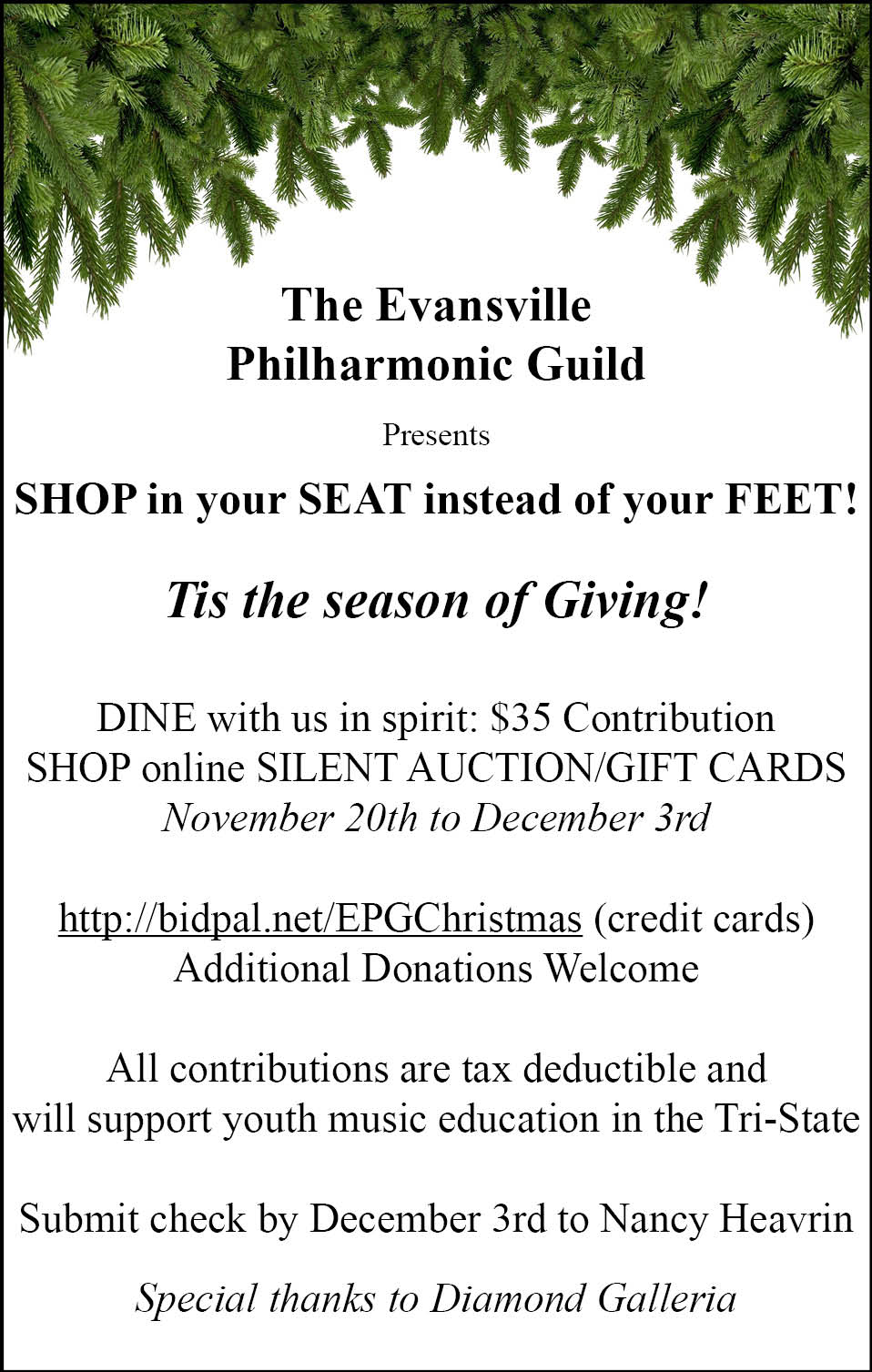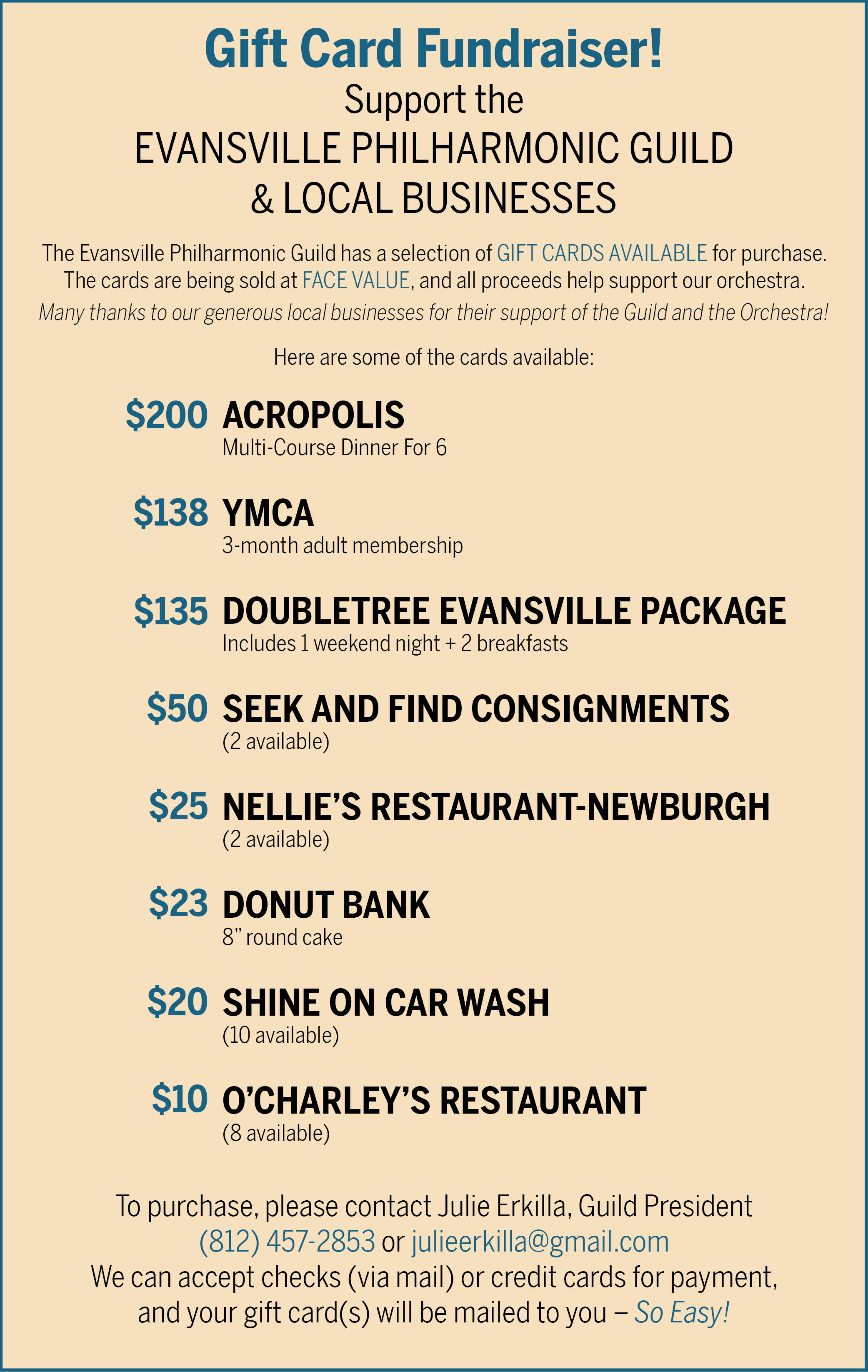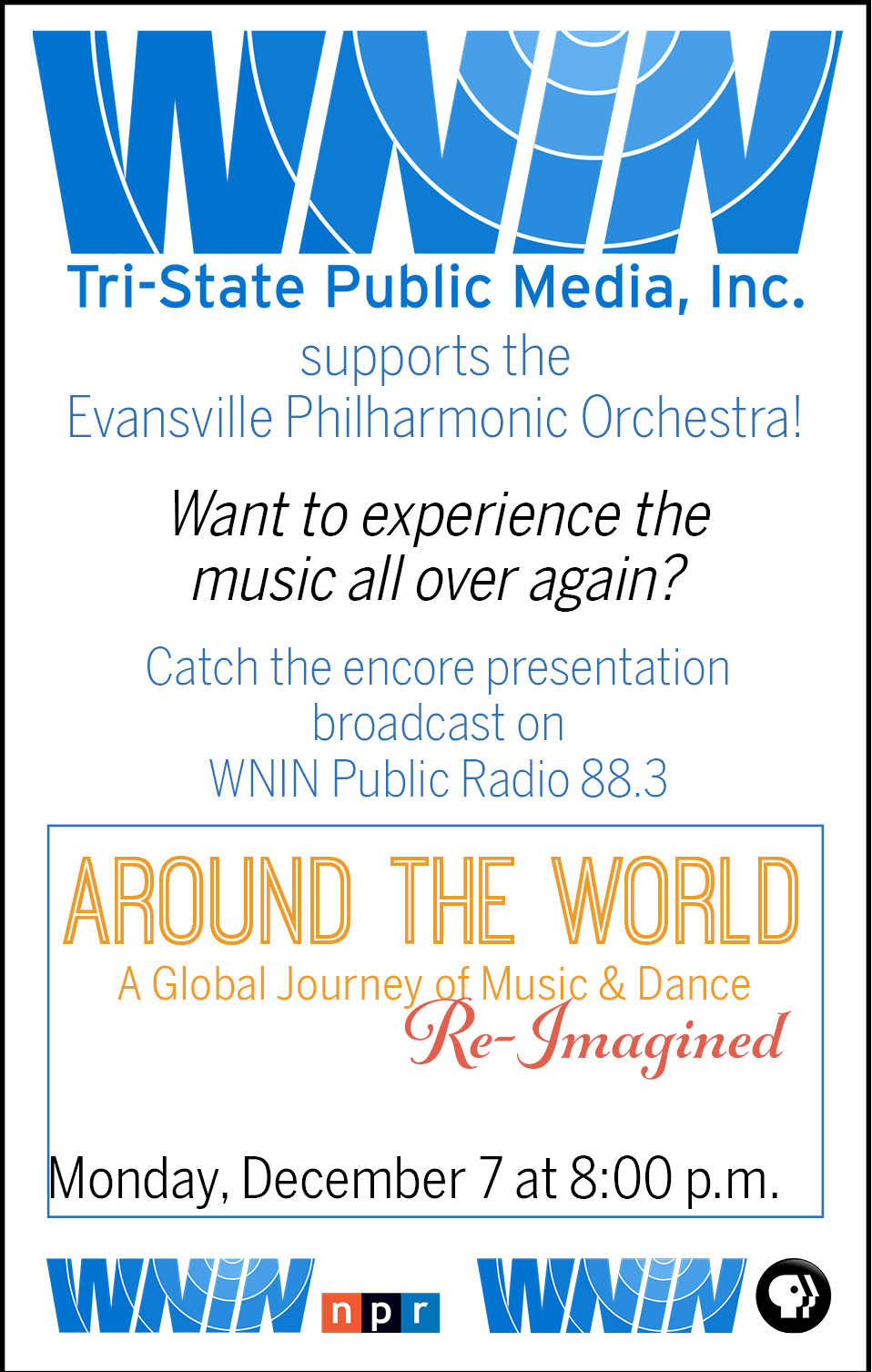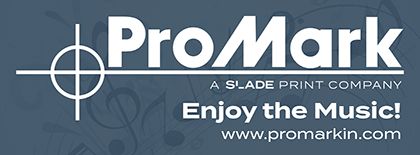
PROGRAM
7 PM
I. Chaos
II. Creation of Plants and Animals
III. Creation of Man and Woman
IV. Desire
V. Spring



JESSICA MEYER
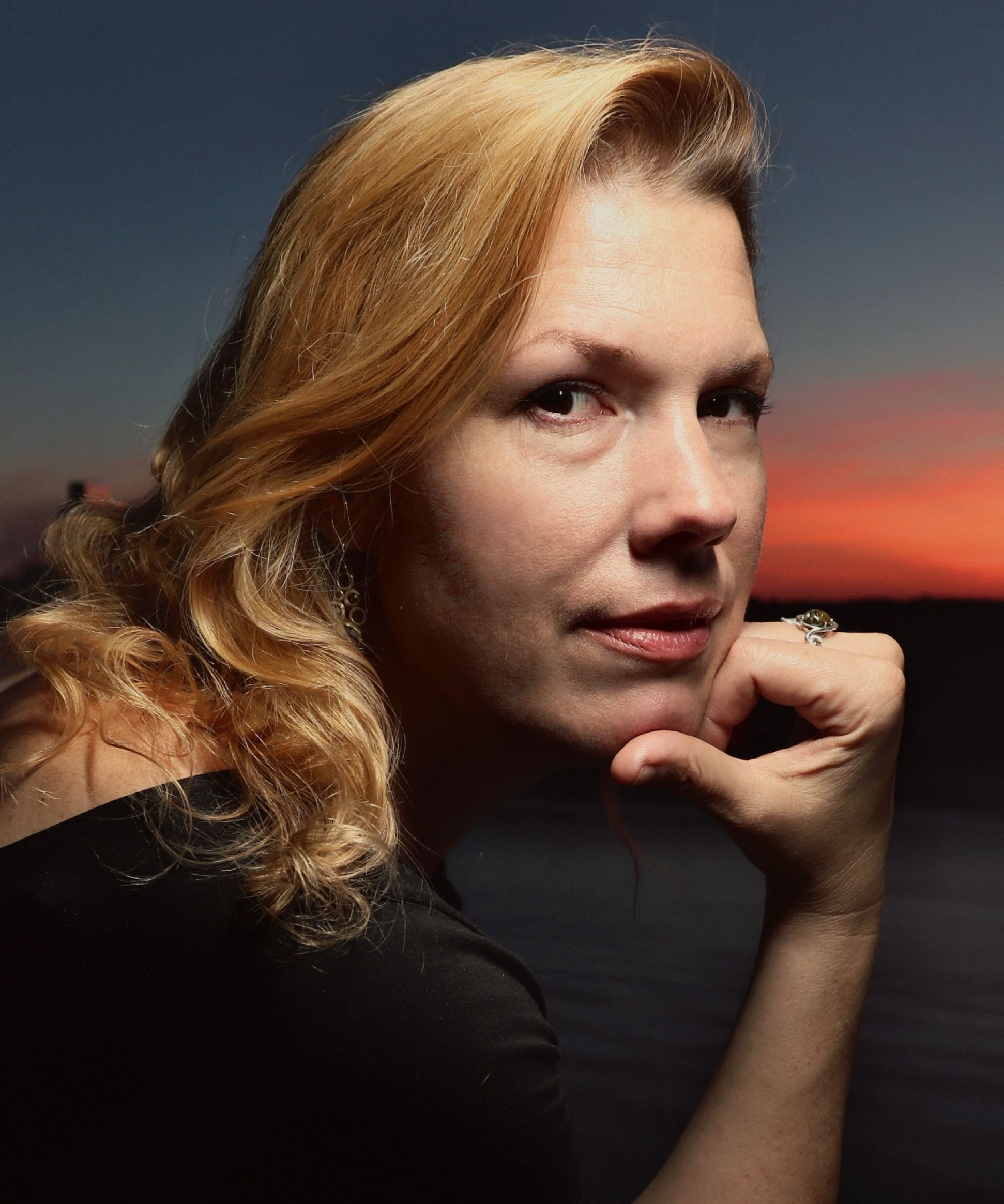
Jessica Meyer is a young American violist, composer, and music educator. She already has achieved an internationally-acclaimed career as a violist, and she is in increasing demand as a music educator where she encourages young performers to become advocates of their own music and musical careers. A versatile and genre-bending composer as well, Meyer has written works performed by a number of ensembles, including the North Carolina Symphony, Vermont Symphony, and the Nu Deco Ensemble, among many others. Appointed Composer-in-Residence at the upcoming Spoleto Festival USA, Meyer’s most recent commissions include compositions for string quartet, a piece for flute, a choral work set to the poetry of Sappho, as well as a studio work 20 Minutes of Action that will explore—in music and spoken words—rape culture in America. Her website notes that “Meyer’s compositions explore the wide palette of emotionally expressive colors available to each instrument while using traditional and extended techniques inspired by her varied experiences as a contemporary and period instrumentalist.”
Meyer lists as her most important musical influences Bach, Brahms, Delta blues, Flamenco, Indian Raga, and Appalachian fiddling, a heterodox collection of influences entirely befitting the composer’s worldly musical training and diverse interests. Meyer is as comfortable with the performance of Baroque music as she is improvising jazz.
Not surprisingly, today’s composition, Go Big or Go Home, fuses classically-inspired music for strings with a raucous rock band heavy on percussion. The result is a wildly rhythmic interplay between traditional and contemporary musical forces.
ORAWA
WOJCIECH KILAR

One of the great pleasures of this work is that I get to know (for me) unfamiliar composers and to listen to their work. I am embarrassed to say that I had not heard of Wojciech Kilar, 1932-2013, a contemporary and highly acclaimed Polish composer. He has written many, many film scores—including Bram Stoker’s Dracula (1992) and The Pianist (2002)—and his absolute music has figured in many other films. Kilar had a traditional classical music formation at the State Music Academy in Poland, then was accepted as a student by Nadia Boulanger, the famed music teacher based in Paris (in 1960 he won the Nadia Boulanger Prize for composition). In addition to music for film, Kilar has written extensively for the concert hall: symphonies, large-scale choral works (including a number of masses written for orchestra, chorus, and soloists), compositions for solo instruments (including a piano concerto), and much chamber music, of which tonight’s Orawa is a stellar example.
Orawa is the name of a region in southern Poland as well as a river that waters that physically rugged and beautiful landscape. A friend of Henryk Górecki, the “minimalist” composer of the well-known Symphony of Sorrowful Songs (1976), Kilar similarly became attracted to music that was emotionally direct and reduced to the most basic rhythmic and harmonic principles. Orawa presents a fine illustration of that impulse. Kilar’s tone poem expands on a single phrase, first uttered by a single violin, then taken up by the other strings. The texture thickens as other instruments enter, and the tempo increases. Soon there is an ocean of sound in the concert hall, brought suddenly to a halt at a fever pitch. Several slow chords follow, a tonal cadence of a sort, and the piece ends brilliantly with the performers shouting in a concerted whoop.
LA CRÉATION DU MONDE
DARIUS MILHAUD

Darius Milhaud, 1892-1974, was one of the pre-eminent French composers of the 20th century. Born to a Jewish family, Milhaud had a traditional musical formation at the Paris Conservatory. As part of the exodus of Jewish scientists and artists under the genocidal Nazi occupation of France during WWII, Milhaud came to the United States and later taught at Mills College in California. After 1947 he divided his teaching time between the Paris Conservatory and Mills College. His influence on US musical life was significant: among his students were Burt Bacharach, William Bolcom, Dave Brubeck, Philip Glass, and Steven Reich.
Milhaud was a prolific composer: his oeuvre exceeds 400 works and includes ballets, film scores, symphonies, choral works, piano works, and string quartets, among other forms. Along with his interest in jazz (which strongly informs La Création du monde), Milhaud extended the tonal vocabulary of western music, often writing in two or more keys at a time. In Milhaud’s music, dissonance shares the page with moments of great lyricism.
His interest in American music had begun long before he emigrated to the US. His infatuation with American jazz began around 1920. In 1922 Milhaud travelled to the US to hang out in bars and dives in Harlem in order to hear and experience live jazz. Meanwhile, jazz had hit post-WWI Europe like a tsunami: at the time Josephine Baker was hugely popular in Paris, and Parisians could not get enough of African-American and African influences in all the arts. In point of fact, the French fascination with Africa pretty much began with the display of Pablo Picasso’s 1907 painting Les demoiselles d’Avignon, an early Cubist work and succès de scandale, which was inspired in part by African masks on display in Paris in the early 1900s.
La Création du monde dates from 1923 and was conceived as a ballet. Fernand Léger, a painter and film-maker, designed the sets and costumes; poet and novelist Blaise Cendrars wrote the story line based loosely on African folk tales. The 15-minute work consists of six sections with no break. In the mellow “Overture” the saxophone intones a meditative yet sensuous theme. The first section bears the title “Chaos” and whirls off in a jazzy, jerking fugue, each voice represented by a different instrument. The following section, “Creation of Plants and Animals,” includes a long blues lick for oboe. Then comes the “Creation of Man and Woman,” who take shape to a backdrop of quiet string playing. The saxophone enters and whips things up (the score reads: “Animez!”), and the section concludes with a lively dance for strings and piano. Not surprisingly, the following movement brings “Desire” onto the mythic scene; cheeky clarinet lines are employed to suggest the lure of the flesh. Finally, “Spring, or Calm” reprises the lyrical calm of the opening movement.
LIBERTANGO
ASTOR PIAZZOLLA
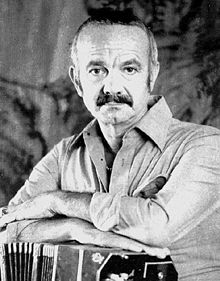
Astor Piazzolla, 1921-1992, is probably the best-known composer of Argentina, with possible exception of Alberto Ginastera, who was Piazzolla’s teacher for a time. Piazzolla was also a virtuoso on the bandoneón, a sort of accordion but with buttons instead of keys, and his name will forever be associated with tango nuevo (the new tango), a musical form that fuses elements of classical music and jazz.
When Astor was four the Piazzolla family (they had earlier emigrated from Italy to Argentina, and the family name retains its Italian pronunciation) moved to New York where Astor got his first musical training and where he developed his abilities as a performer on the bandoneón. When the family returned to Buenos Aires in 1936, Piazzolla found work playing with various tango orchestras and formed his own group in 1946. Despite a lucrative and active career playing and conducting, Piazzolla wanted to continue his interrupted studies in classical music and composition and so went off to Paris in 1951 to study with famed pedagogue Nadia Boulanger (whose students included Aaron Copland, Darius Milhaud, Daniel Barenboim, and John Eliot Gardiner). Interestingly, Boulanger encouraged the young Argentine to develop the tango as his own musical voice and compositional style. Hence the development of tango nuevo, which became Piazzolla’s trademark.
Back in Argentina, in 1960 Piazzolla formed the Quinteto Nuevo Tango, and many of his 3000 compositions were written for that group. The Libertango dates from 1974; its name is a portmanteau of libertad (liberty) and tango. An international favorite, Libertango has been performed and recorded by Yo Yo Ma, among other artists.
THE FOUR SEASONS OF BUENOS AIRES
ASTOR PIAZZOLLA
“Las Cuatro Estanciónes Porteñas” is a collection of pieces written between 1965 and 1970. The name literally means “The Four Seasons of the Port” (Buenos Aires is a port city on the Río de la Plata) but has come to be known as The Four Seasons of Buenos Aires. After Piazzolla’s death, famed violinist Gidon Kremer commissioned Russian composer Leonid Desyatnikov to arrange Piazzolla’s Four Seasons for string orchestra and solo violinist (in fact, for himself); it is this arrangement that you will hear tonight. There are intentional echoes of Vivaldi’s Four Seasons, particularly noticeable in “Verano porteño.” Yet the music is unmistakably Piazzolla, with challenging special effects required of all the string players, such as percussive pizzacatos and frequent glissandos.
- Podcast
- Conductor Biographies
- Bill Hemminger Biography
- Photos
- Videos
- Articles and Reviews
- Radio Broadcast Schedule
- History of the EPO
- Mission and Values
- Board of Directors 2025-2026
- Sponsors 2025-2026
- Philharmonic Gives Back
- Donors 10/1/2024 - 10/1/2025
- Thoughtful Tributes 10/1/2024 - 10/1/2025
- Past Events
 20.mod.png)
 20.mod.png)
 20.jbi.png)

 20.sali.png)
 20.mod.png)
 20.mod.png)
 20.jbi.png)
 20.jbi.png)
